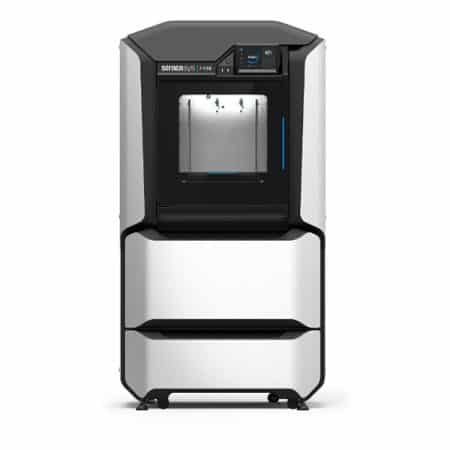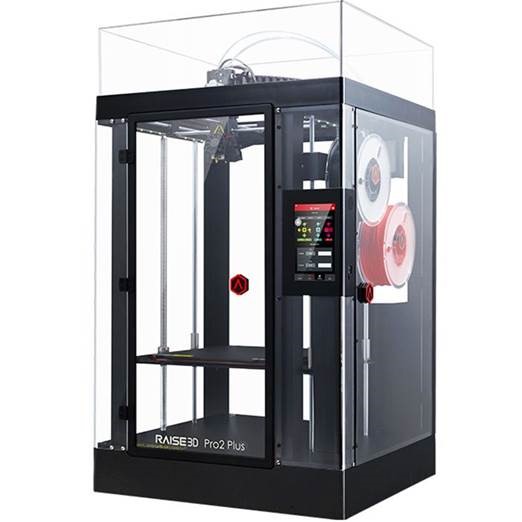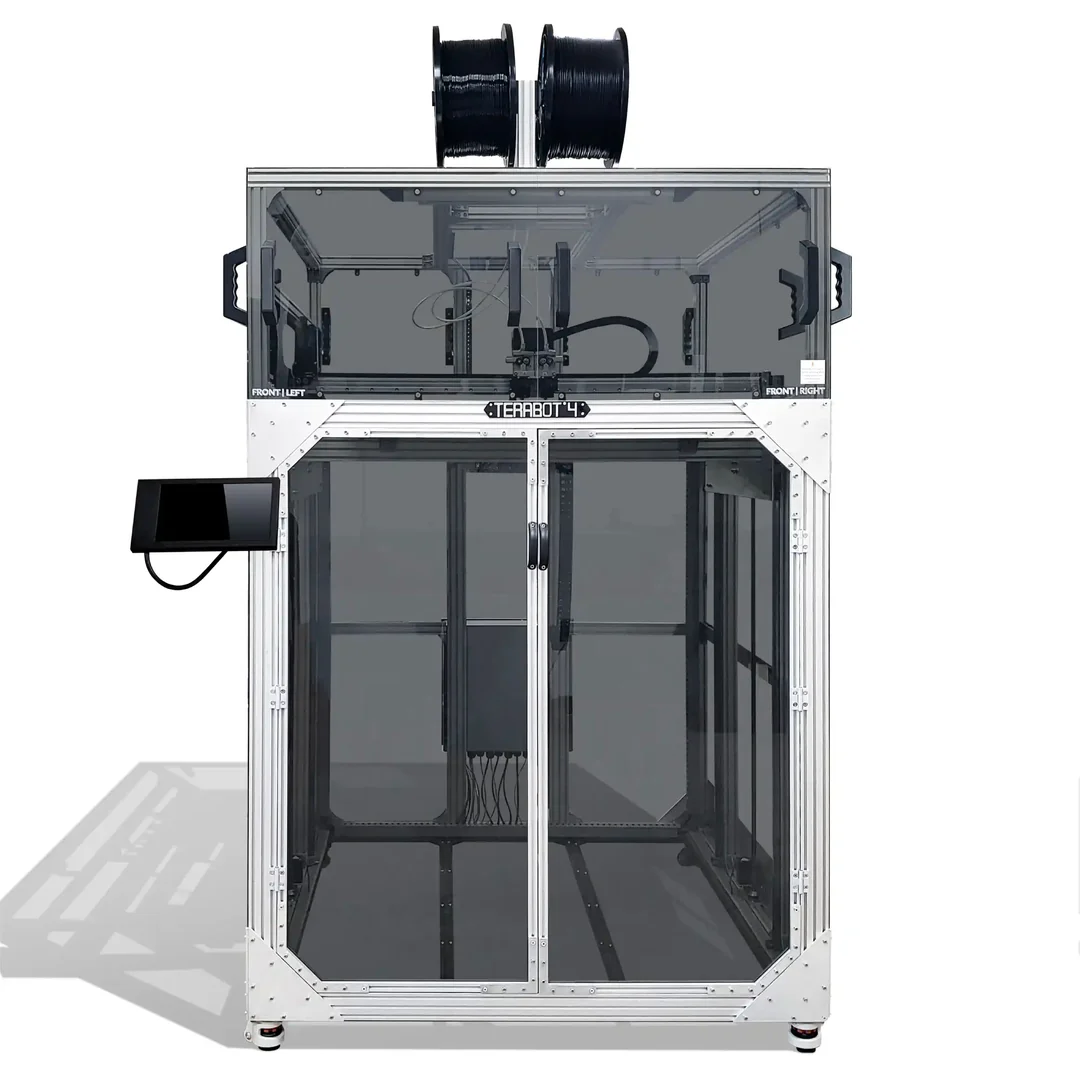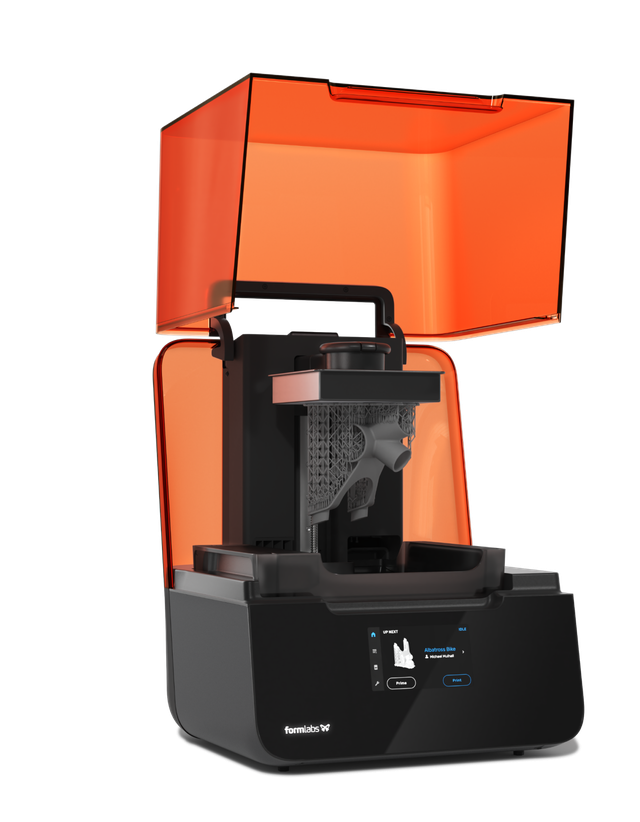Additive Manufacturing Studio
The state of the art Additive Manufacturing Studio allows TDI to support the manufacturing industry with building 3D prototype models from a variety of materials and new scanning capabilities.
K-State Technology Development Institute was awarded a retooling grant as part of the CARES Act Recovery Assistance program through the U.S. Department of Commerce. As part of this grant, TDI was able to purchase a variety of additive manufacturing equipment to enhance and expand our capabilities:
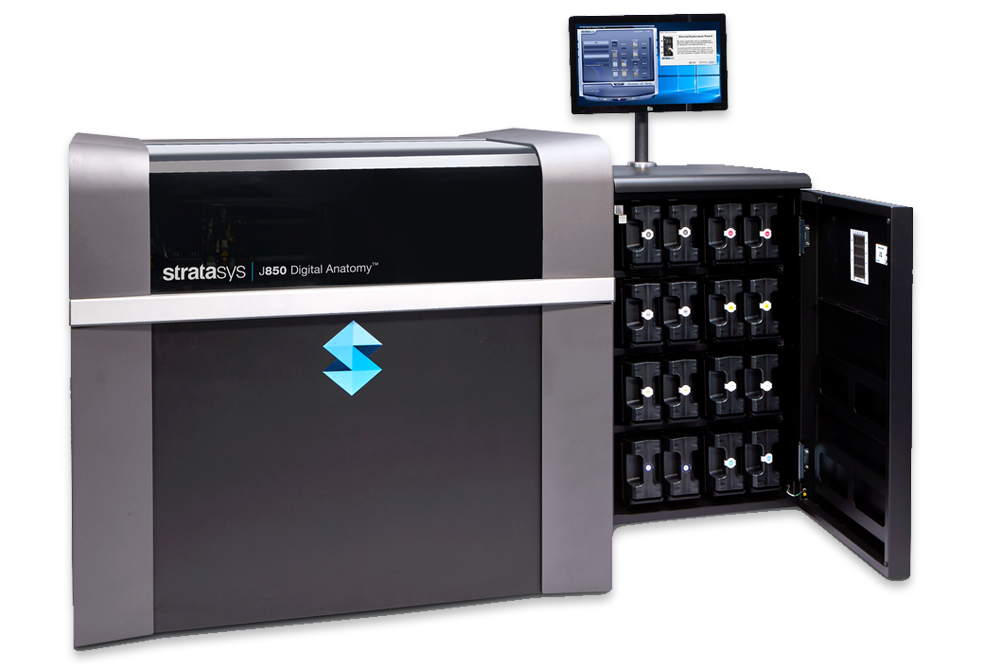 |
Stratasys J850 Process: Polyjet |
Polyjet printing precisely jets and then Build Volume: 19.3” x 15.3” x 7.9” in |
||
|
|
|
Stratasys F170 Process: FDM
Raise3D Pro2 Plus Process: FDM
Terabot 4 Process: FDM
|
FDM printing is the type of printing most seen in homes, offices, and schools. These
Build Volume: 10" x 10" x 10"
Build Volume: 12" x 12" x 23.8"
Build Volume: 36" x 36" x 39.4"
|
|
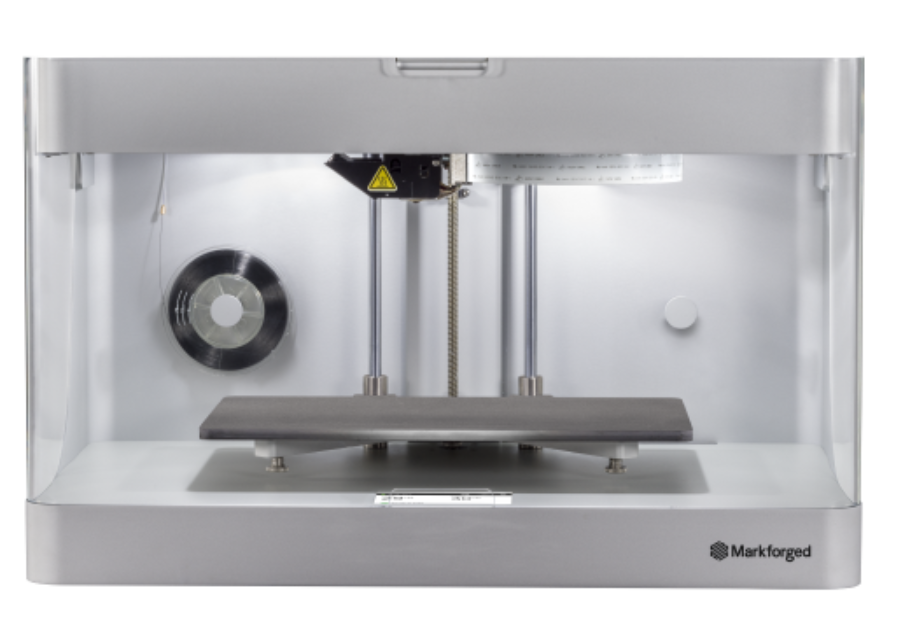 |
|
Markforged Mark Two Process: FDM with continuous fiber |
|
In addition to standard FDM capabilities, Build Volume: 12.6” x 5.2” x 6” |
|
|
|
Formlabs Form 3 Process: SLA
Formlabs Form 4 Process: SLA
Formlabs Form 3BL Process: SLA
|
SLA printing uses UV light to selectively cure layers of liquid resin creating highly
Build Volume: 5.7" x 5.7" x 7.3"
Build Volume: 7.9" x 4.9" x 8.3"
3BL Build Volume: 13.2" x 7.9" x 11.8"
|
|
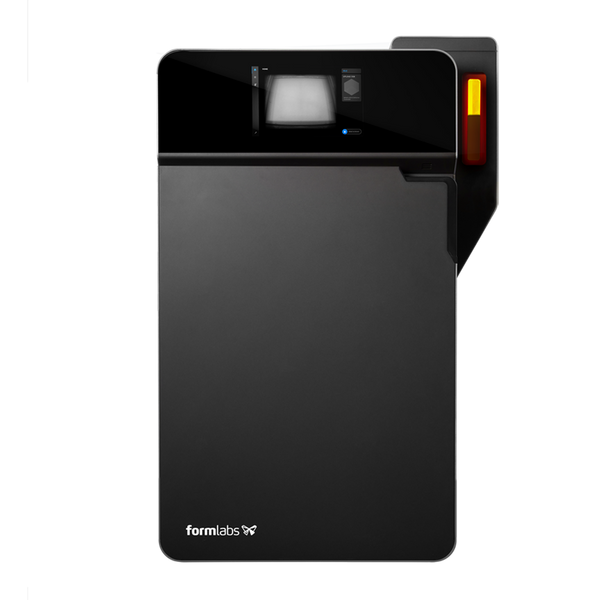 |
|
Formlabs Fuse 1 Process: SLS |
Build Volume: 6.5” x 6.5” x 11.8” SLS printing uses a laser to selectively |
|
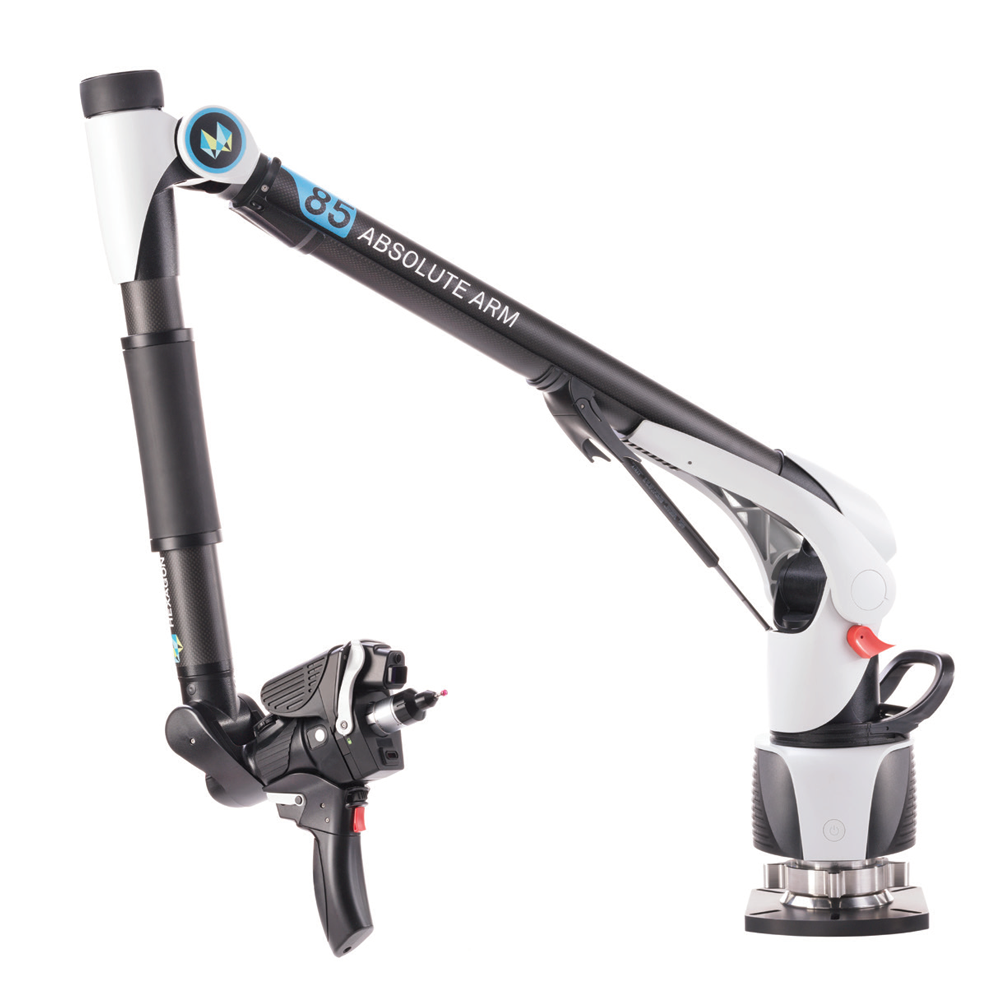 |
|
Hexagon Absolute Arm 8525 |
7-axis arm with 2.5m reach This arm uses a point probe or laser |
|
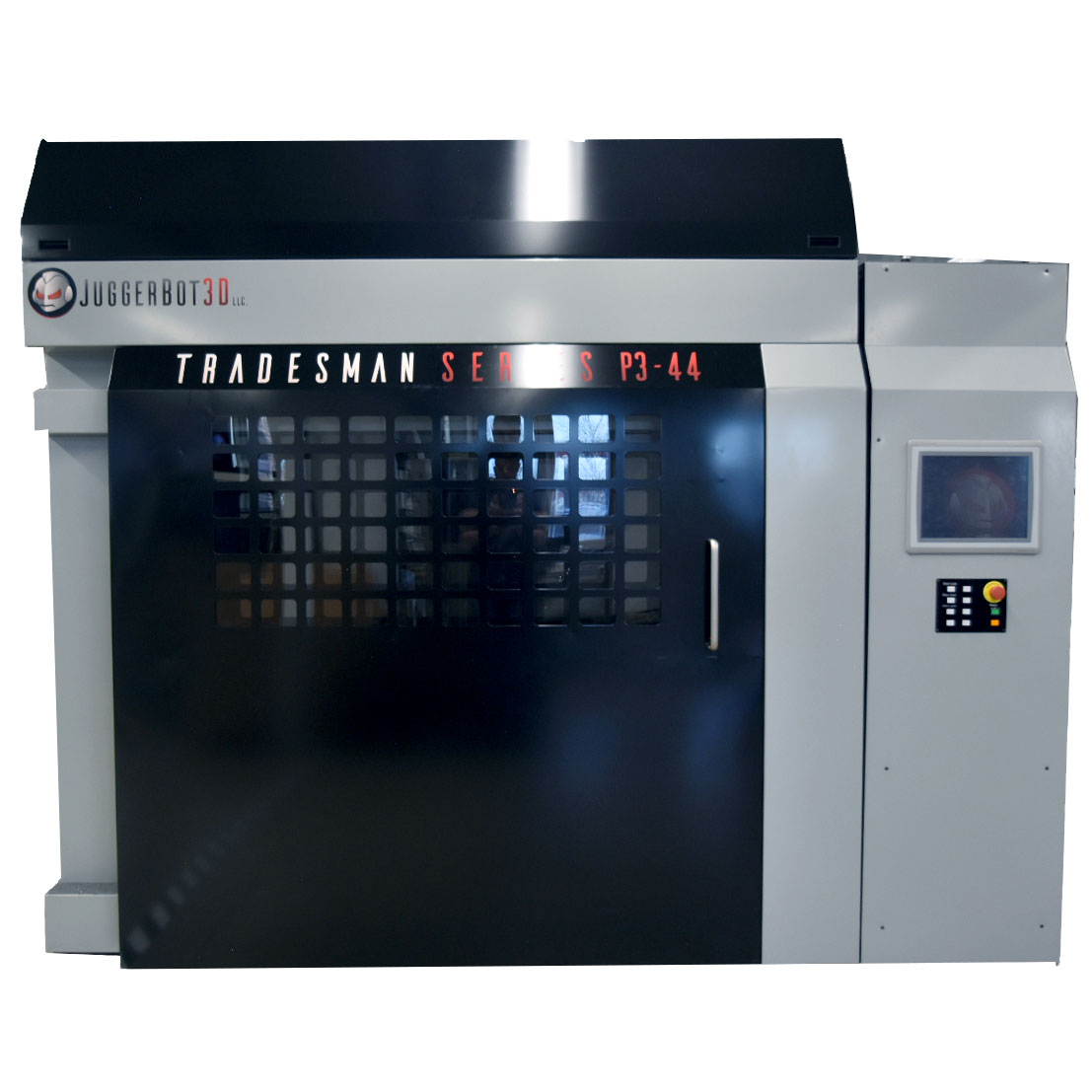 |
|
JuggerBot 3D |
Build Volume: 36” x 48” x 48” Extrusion rates up to 15 lbs/hr Pellet 3D printing is much like FDM |
